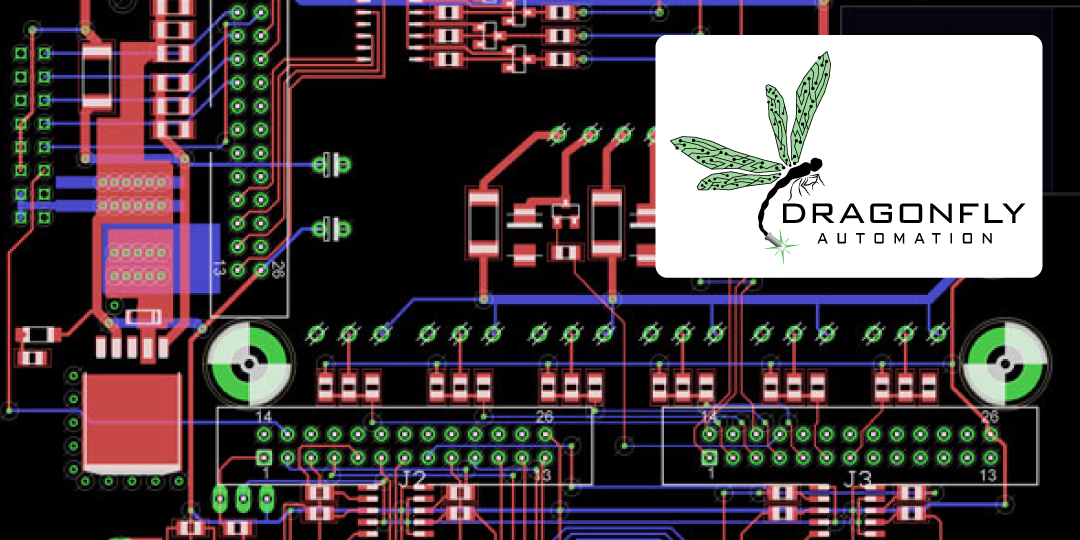Circuit boards, also known as printed circuit boards (PCBs), have played a crucial role in the advancement of technology. With the rapid evolution of electronics, circuit boards have become an integral part of our everyday lives. In this blog post, we will delve into the intriguing journey of circuit board design and development, exploring the key milestones and innovations that have shaped the modern electronics industry.
The roots of circuit board technology can be traced back to the early 20th century when electronics started gaining prominence. Initially, electronic components were interconnected using point-to-point wiring, a laborious and time-consuming process. This method posed several challenges, such as increased complexity, reduced reliability, and difficulty in troubleshooting.
The breakthrough in circuit board development came with the introduction of the first true PCB in the 1940s. This revolutionary design featured an electrical circuit printed onto an insulating board, allowing for more efficient assembly and enhanced circuit reliability. As the demand for electronic devices grew rapidly, manufacturers embraced this new technology, marking the beginning of a new era in electronics.
Advancements in machinery played a pivotal role in circuit board evolution. With the advent of CNC (Computer Numerical Control) plasma cutting machines, circuit board manufacturing became more precise and efficient. These machines enabled the precise cutting of copper-clad boards, ensuring accuracy in circuit patterns and connections. The integration of CNC plasma technology revolutionized the design and manufacturing processes, making circuit boards more reliable and reducing production time.
Over the years, circuit board design has undergone significant advancements to accommodate the ever-growing complexity of electronic devices. The trend shifted towards smaller, more compact designs, which led to the development of multi-layer circuit boards. These circuit boards consist of multiple layers of conductive traces and insulating material, allowing for increased functionality in a smaller form factor.
The electronics industry witnessed another major breakthrough with the emergence of surface mount technology (SMT). This innovative method eliminated the need for bulky through-hole components, enabling the placement of smaller and more densely packed components directly on the surface of the circuit board. SMT revolutionized circuit board assembly, resulting in smaller devices, improved performance, and reduced production costs.
Today, circuit board development continues to push the boundaries of innovation. With the rise of Internet of Things (IoT) and wearable technology, circuit boards are becoming even more advanced and interconnected. The demand for flexible circuit boards, capable of bending and conforming to various shapes, is on the rise. These flexible circuits incorporate sophisticated materials and manufacturing techniques, allowing for seamless integration into modern devices.
As technology continues to evolve, circuit board development remains at the forefront of innovation. The relentless pursuit of efficiency, reliability, and miniaturization has transformed the electronics industry. With advancements in machinery, design techniques, and materials, circuit boards have become the backbone of our interconnected world, powering the gadgets and technologies we rely on daily.
In conclusion, the history of circuit board development is a testament to human ingenuity and the relentless pursuit of progress. From humble beginnings to the complex and interconnected world we live in today, circuit boards have played a vital role in shaping the technology we know and love. As we move forward, the future of circuit board development holds endless possibilities, promising even greater advancements in the fascinating world of electronics.

